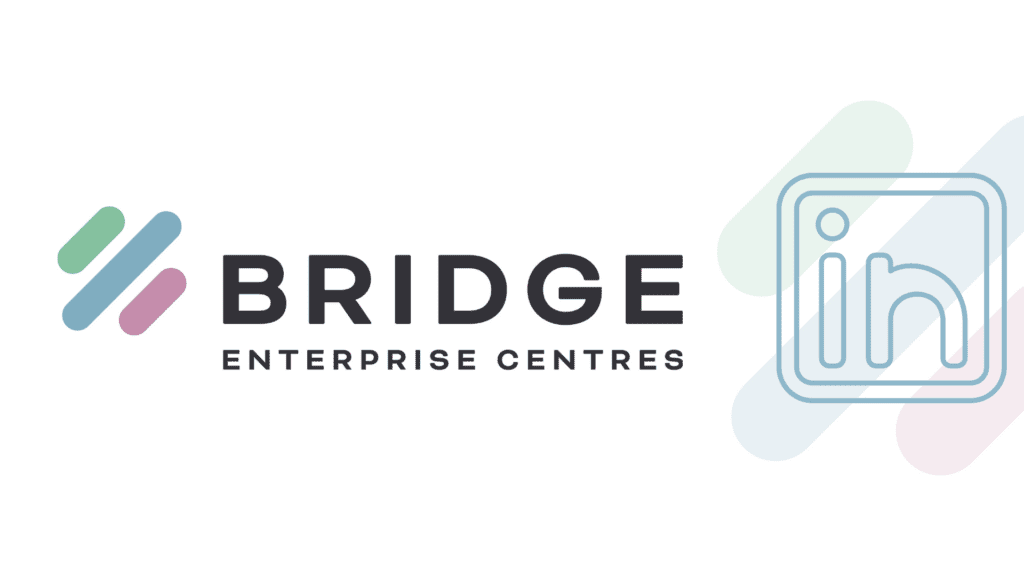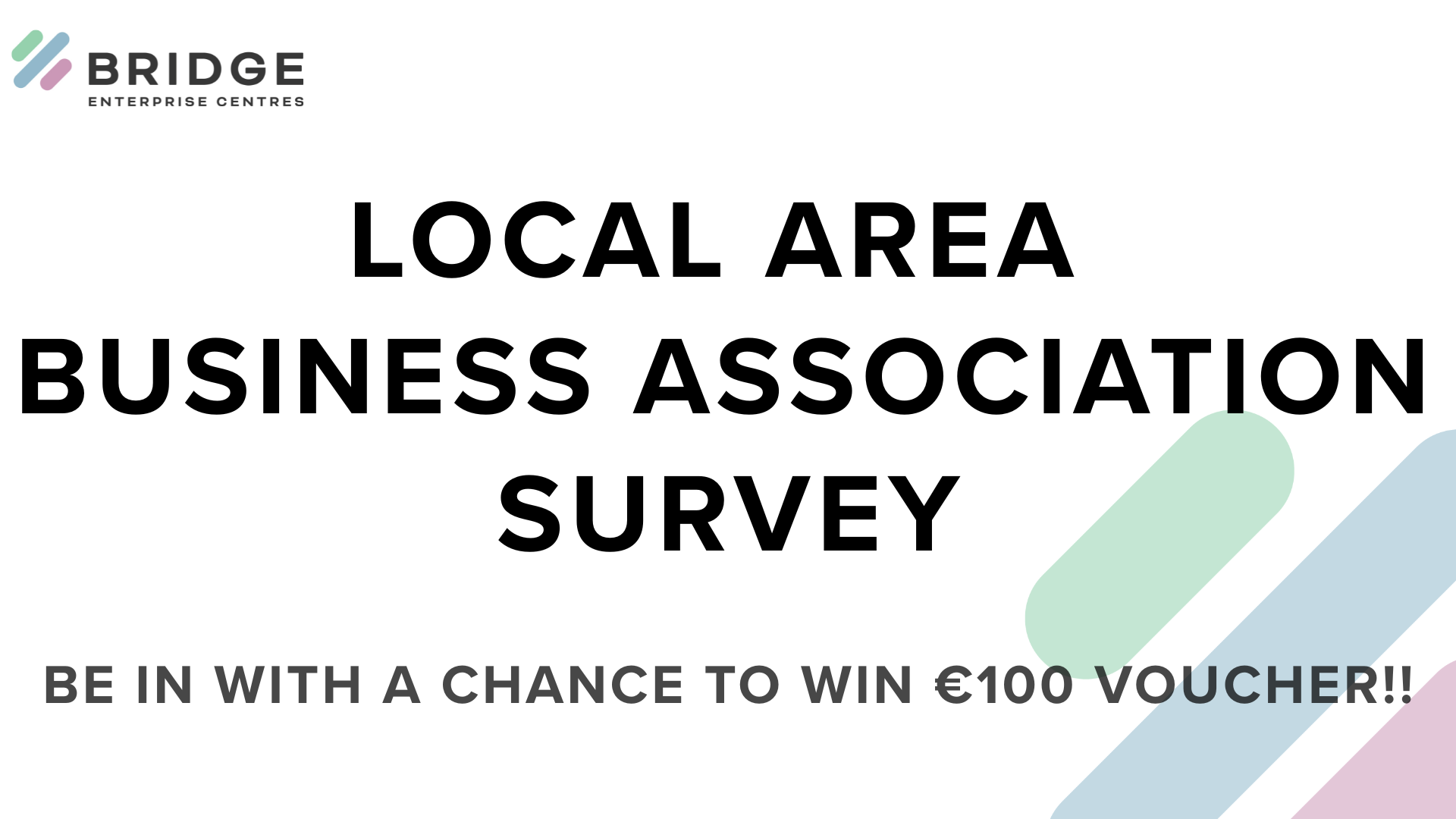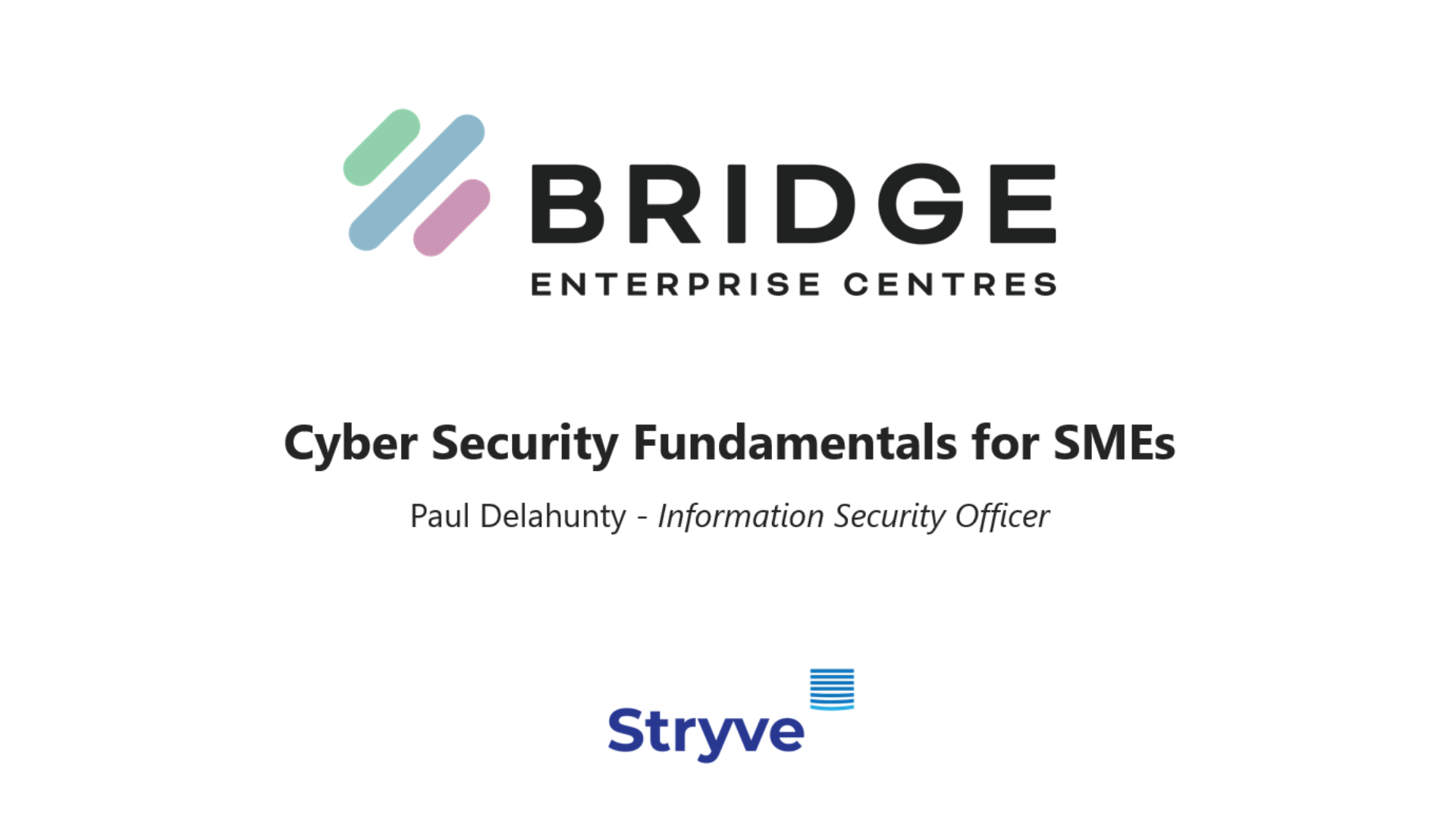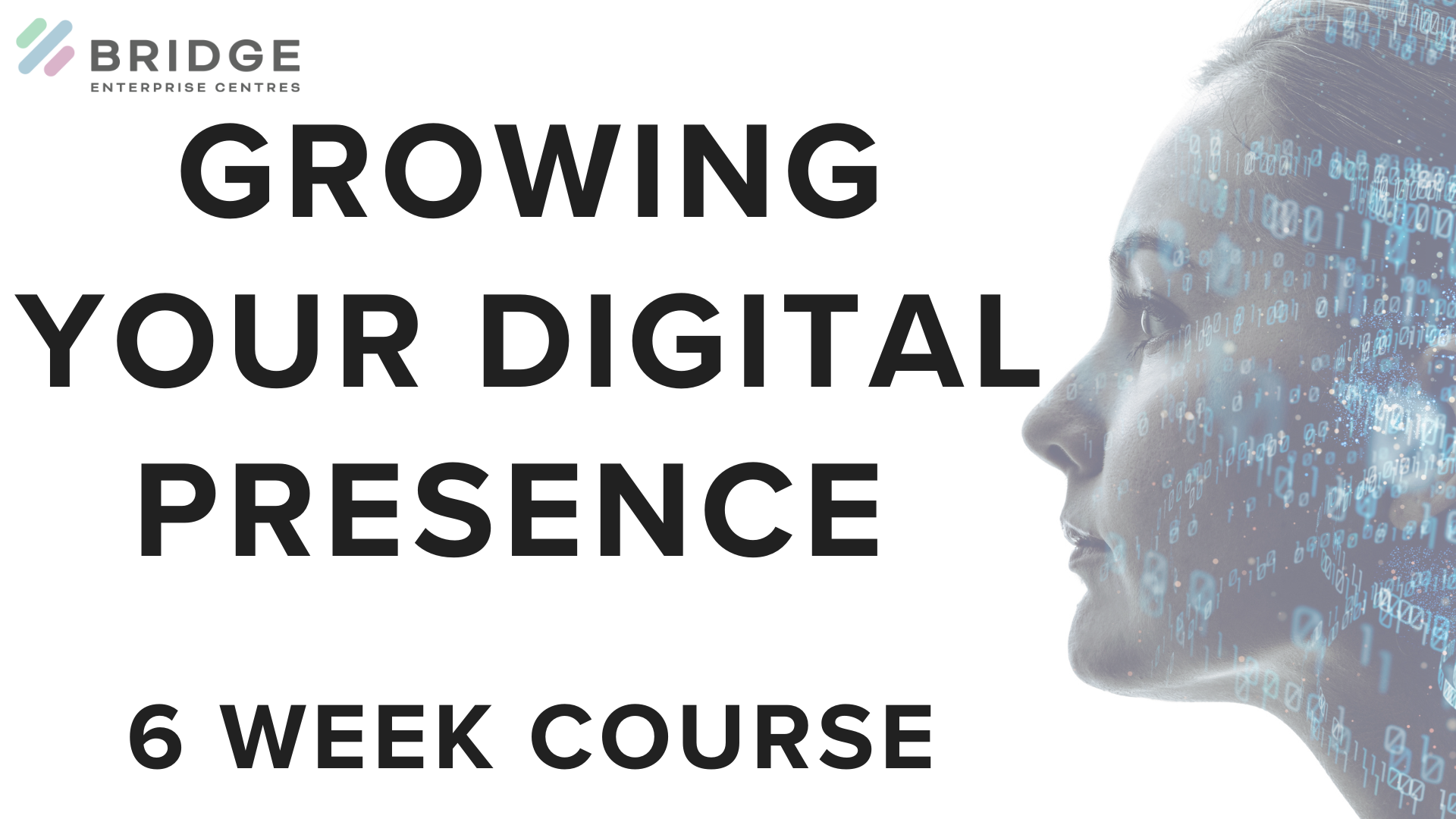
1. Create a Strong Company Description
Your company description is the foundation of your LinkedIn profile. It should clearly communicate who you are, what you do, and what makes your company unique. This isn’t just a place to list your services – it’s an opportunity to tell your story. Use a tone that reflects your brand’s personality, whether that’s professional, friendly, or innovative.
Incorporate keywords relevant to your industry to improve searchability. This will help potential customers and partners find you more easily when they’re searching for the services you offer.
Example: “At GreenTech Solutions, we’re pioneering sustainable energy solutions for businesses across Ireland. With over 15 years of experience, we provide innovative and cost-effective solutions that reduce carbon footprints and enhance energy efficiency. Our commitment to quality and customer satisfaction is at the heart of everything we do.”
2. Use a Professional Logo and Banner Image
First impressions matter. Ensure your company’s logo is high-quality and easily recognisable. The banner image, which sits at the top of your profile, is a visual representation of your brand. This could be a photo of your team, a product in action, or something that encapsulates your company’s mission.
Choose images that are visually appealing and aligned with your brand’s identity. A well-designed banner can make your profile more inviting and professional.
3. Complete All Profile Sections
LinkedIn offers several fields for your company profile, and it’s important to fill them out completely. This includes your company size, industry, location, and website URL. Providing detailed information helps build credibility and makes it easier for potential clients and employees to understand what your company is about.
Don’t forget to add your specialties – these are the keywords that describe what your company does best. They can include specific services, products, or industry sectors. Specialties improve your searchability on LinkedIn and give visitors a quick overview of your expertise.
4. Post Regular Updates
An active LinkedIn profile is crucial for keeping your company visible. Regularly posting updates keeps your audience engaged and your company top of mind. Share a variety of content, such as:
- Company news: Announce new product launches, partnerships, or awards.
- Industry insights: Share articles or white papers that demonstrate your expertise.
- Employee spotlights: Highlight the people behind your brand to humanise your company.
- Customer success stories: Showcase how your products or services have made a difference.
Aim to post at least once a week. This consistency helps build a connection with your audience and encourages interaction.
5. Engage with Your Audience
Engagement is key to building relationships on LinkedIn. Respond to comments on your posts, thank users for sharing your content, and engage with posts from other companies and industry leaders. This not only boosts your profile’s activity but also shows that your company values its community.
Encourage your employees to engage with your content as well. Their interactions can help extend your reach to their networks, increasing your profile’s visibility.
6. Leverage LinkedIn Analytics
LinkedIn provides detailed analytics to help you track your profile’s performance. Pay attention to metrics such as post impressions, engagement rates, and follower demographics. This data can help you understand what content resonates with your audience and guide your content strategy moving forward.
If you notice certain types of posts receiving more engagement, consider creating similar content. Analytics can also help you identify the best times to post, ensuring your updates reach the widest audience possible.
7. Utilise LinkedIn Advertising
If you’re looking to reach a specific audience, LinkedIn’s advertising options are worth considering. Sponsored Content, Text Ads, and Sponsored InMail allow you to target specific demographics, industries, or job titles. Tailor your ads to address the needs and interests of your target audience for maximum impact.
In conclusion, maximising your company’s LinkedIn profile involves more than just filling out a few fields – it requires a strategic approach to content, engagement, and branding. By following these steps, you can enhance your company’s presence on LinkedIn, connect with the right audiences, and drive meaningful business outcomes. Whether your goal is to attract top talent, build brand awareness, or generate leads, a well-optimised LinkedIn profile is a valuable asset.
As always, consult a professional for advice.









